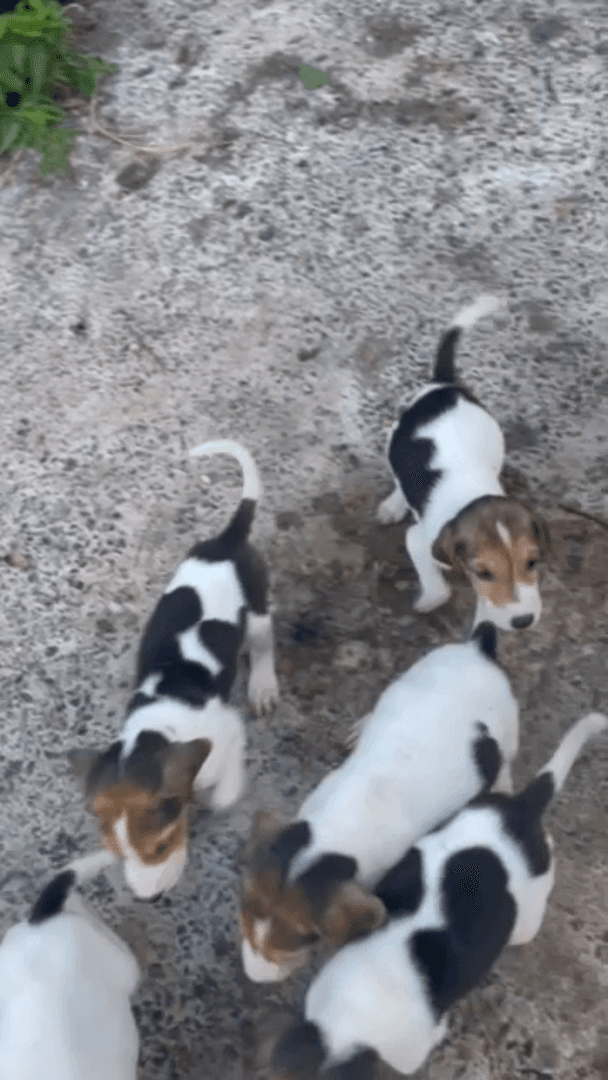
English-Russian Hounds Puppies: Characteristics, Care, and Training Tips The English-Russian Hound, a breed celebrated for its keen hunting instincts and loyalty, is a fantastic companion for both novice and seasoned hunters. This article explores the characteristics of these puppies, how to care for them, and effective training exercises to instill their natural hunting capabilities. Characteristics of English-Russian Hounds Physical Traits English-Russian Hound puppies typically exhibit a strong, athletic build, with long legs and a graceful neck. Their coat is usually dense and can come in various colors, including tan with white markings or a mix of brown and cream. They have large, expressive eyes that reflect their intelligent and alert nature. Temperament These puppies are known for their friendly disposition and adaptability. They are social dogs and thrive on human interaction, making them excellent companions for families and individuals alike. However, their hunting ba
Post: 26 December 22:02
















































